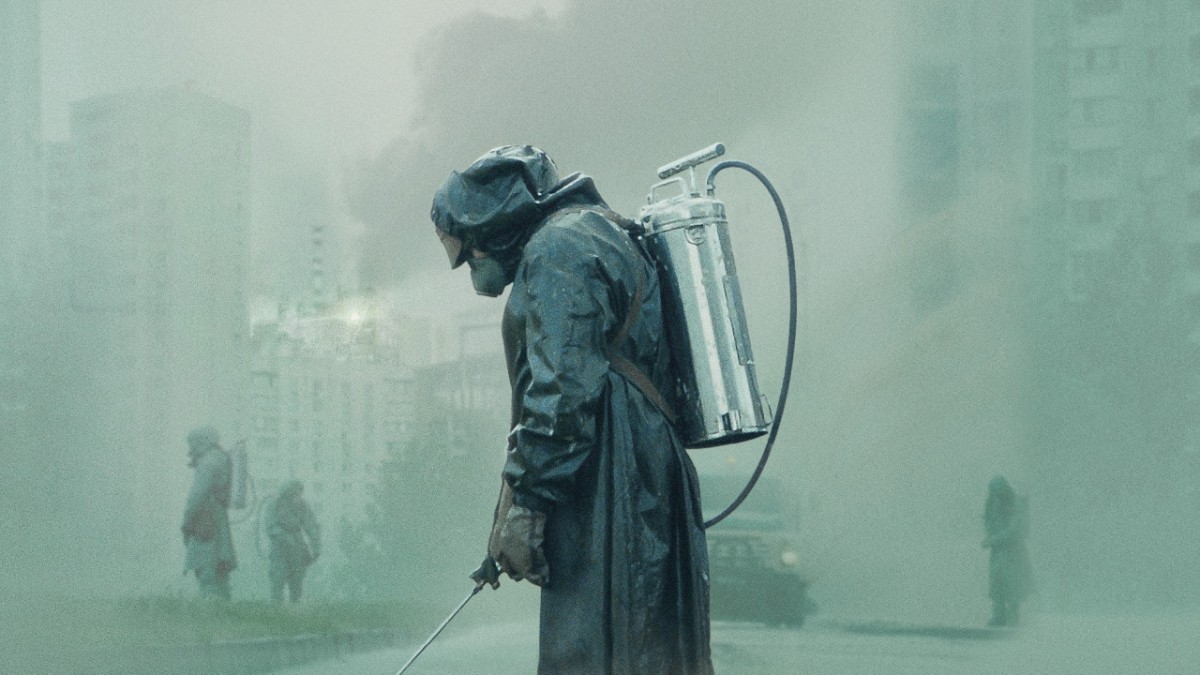- Home |
- Search Results |
- Chernobyl: in search of what really happened

The origins of my book go back more than a dozen years, to the end of 2005, and the approach of the 20th anniversary of the Chernobyl accident. At that point, the disaster was already on the cusp of slipping into history, and in the West the details of what had happened had either been forgotten or never known at all. The detailed book-length accounts that had been published in the immediate aftermath of the accident were long out of print; Svetlana Alexievich’s landmark Voices From Chernobyl had just been published in English translation for the first time, but—constructed as an oral history with often anonymous narrators—it offered an almost hallucinatory narrative in which facts and context were more elusive. Inspired by reading Walter Lord’s A Night To Remember, the masterful reconstruction of the last night of the Titanic, which Lord based upon public records and his own interviews with survivors of the sinking, I thought there was a great book to be written about what really happened in the early morning of April 26th 1986.

With a handful of telephone numbers and an assignment to write a piece about the accident for The Observer Magazine, I set out for Moscow in February 2006. There I met Alexander Yuvchenko, a nuclear engineer who was at work inside the plant at the instant of the explosion, and his wife Natalia, who worked as a schoolteacher in Pripyat, and who would eventually become central protagonists in Midnight In Chernobyl. What they told me about their lives both before and after the accident hinted at how much the citizens of Pripyat—overwhelmingly young, more than a third of them children—had lost in the accident, and how little it had in common with stereotypical notions of life in the Soviet Union. This is the story I wanted to tell. I wanted to narrate the accident through the lives of the men and women who had lived through it –not just to describe the catastrophe itself, but to recreate the world that existed before it, to help today’s reader make an emotional connection to the disaster and the individuals affected by it.

The events surrounding the explosion of Reactor Number Four were mired in myth and disinformation from the very beginning
This meant building a cross-section of Soviet society to accurately reflect what life was like before the accident: locating scores of eyewitnesses to each stage of events that spanned more than 30 years, and persuading them to talk. Many of those who survived were old or in failing health, often as a result of their radiation exposure, and most were suspicious of journalists and writers, who they feared were interested only in reviving their most painful memories and had little interest in their lives beyond the accident; some still felt bound by oaths of secrecy they had taken to the empire they had served, even though it had long-since ceased to exist.

With the help of a number of excellent fixers, researchers and translators—among them my Ukrainian colleague Taras Shumeyko, a seasoned journalist in his own right, who has specialized in the Chernobyl research for much of his career—I was gradually able to track down the individuals whose stories provided the narrative framework for the book. I met one in a Moscow hospital, and another in a Kiev sanitorium; others I found in remote snow-bound villages, at conferences and liquidator reunions, and in widely varying degrees of health; several died as a result of radiation-related illness over the years of my reporting. As I gathered more material, many people suggested others I should speak to, and I gradually became able to fill in gaps in the story, and corroborate one account against another. The events surrounding the explosion of Reactor Number Four were mired in myth and disinformation from the very beginning, and the facts of what really happened are often so incredible that it was crucial to be able to verify as many details as possible, both through individual testimony and through declassified documents, memoirs, diaries, and film and photographic archives.

In the end I conducted some 80 interviews, including with those who worked at the plant—from the director of the station himself down to trainee reactor engineers and low-level technicians—as well as with former generals, KGB agents, investigators and government ministers, and many ordinary citizens of Pripyat. Each of these men and women had a fascinating and affecting story to tell, and in the end there were far more lives than could ever be included in a single book. But all contributed crucial threads to the wider narrative tapestry, helping me better understand the realities of life in the USSR, during times of emergency and also in the day to day life that preceded and followed it. My hope is that that the combination of individual testimony with documentary and archival sources has resulted in an accurate sense of what it was like to live through these extraordinary times—what legendary reporter Bob Woodward calls “the best version of the truth.”
Midnight in Chernobyl by Adam Higginbotham is out now.